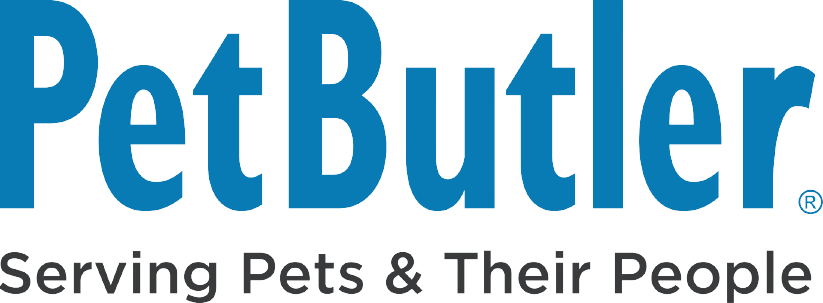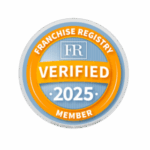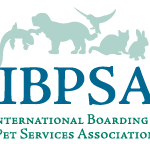According to
recent research, the vast majority of workers in every generation (89%) see age diversity at work as positive. They cite the positive benefit of learning from different generations in the workplace. But that doesn’t mean they expect smooth sailing. In that same study, 78% of respondents said they also believe intergenerational work can lead to conflict.
Learning to make it work means
understanding the characteristics of each generation. For instance:
- Baby Boomers, born 1946-1964, tend to be loyal workers who collaborate and respect authority.
- Generation X, born 1965-1980, are dedicated to work but focus on work-life balance. They tend to be more independent.
- Millennials, born 1981-1996, grew up with current tech and are more independent in sourcing information. They’re also more concerned with ethical and social responsibility in the workplace.
- Gen Z, born 1997-2012, are the most tech-savvy generation and tend to be ambitious and entrepreneurial.
With such different priorities, getting all four generations working together smoothly may be daunting. But the truth is, having such a diverse range of age and experience in the workforce presents companies with
unprecedented opportunities for growth.
In this article, we’ll discuss some of the challenges posed by these differences. We’ll also share the benefits of managing them and tips on how to do so successfully.
Why you should tackle age-diversity challenges
It may seem like a lot of work to address differences and juggle priorities. With some of these generations on the verge of retiring, is it worth the effort?
Supporting each age group’s needs and getting them to collaborate seamlessly has enormous benefits for your company, now and in the future. Here are some key reasons you should take on the challenges of managing different generations in the workplace.
Intergenerational work is here to stay
The combination of longer life expectancy and, in some countries, a rise in the legal retirement age means more people are extending their work life.
Diversity of age brings diversity of experience
Senior employees have a wealth of industry knowledge, and younger employees are more well-versed in recent technology and communication. Both are important for helping you reach your goals in the modern workplace.
Younger generations may step into leadership roles sooner
You need leaders who understand new tech and its implications. In some cases, that may mean Gen Z and Millennials stepping into management roles sooner than their older counterparts did. It may also mean they’ll be managing some of those counterparts.
Different experience means better problem solving
Research shows that diversity of experience on a team leads to better problem-solving and more productivity. Keeping each generation happy will let you tap into that power.
These realities give you good reason to ensure smooth transitions and easy communication between the generations at work. So how do you do that exactly?
How to manage different generations in the workplace
The challenges of the generation gap are significant, but you can overcome them. Here are
six tips for managing your employees to get the benefits each generation has to offer.
1. Challenge stereotypes
Older generations are often pigeonholed as traditional and opposed to change, Gen X as detached, Millennials as entitled, and Gen Z as flight risks. These stereotypes come from negative spins put on each generation’s work habits and goals, and if you buy into them, they can
keep you from creating true collaboration.
Keep an open mind as you manage your workforce. Don’t make assumptions that will limit your effectiveness or your expectations of your workers. Instead, approach each as an individual. Take into consideration the challenges each generation has faced to build understanding.
2. Offer training on how to navigate new work conditions
Often, resistance to change is based on a lack of understanding. People’s preferences for work and communication habits don’t mean you can’t keep up with evolving working models. It may mean considering different experiences and getting everyone up to speed.
Offer training that will help every employee navigate your preferred working model. Teach them the skills for
navigating a virtual workplace and maintaining work-life balance. Offer courses to help build teamwork and increase communication.
Educating people on helpful processes and skills can
break down resistance to new ways of doing things.
3. Make diversity and inclusion training part of your L&D strategy
Helping people feel valued and safe at work is crucial if you want to benefit from every employee’s experience. Each generation has different comfort levels and experiences with diversity in the workplace.
Establish a foundation of safety and collaboration by educating employees on how to be inclusive. Share your policies and values with them. Offer courses on diversity, recognizing and
overcoming implicit bias, and how to treat one another with respect. Give people the knowledge and skills to support an inclusive workplace.
4. Get different generations working together
Intentionally place employees from different generations on the same project. Base placement on what each individual has to offer the team vs. age, and you’ll get a diverse skillset.
As noted, bringing diverse abilities and viewpoints to the table can boost productivity and innovation. It also creates an opportunity for the generations to learn from one another.
5. Create opportunities for team bonding
Be purposeful about building team unity. Give people a chance to see past their differences by hosting team activities. Plan a group experience, for instance, a streaming cooking class, a friendly quiz competition, or an in-person team lunch.
Or, consider
setting up mentoring sessions where more senior employees can coach younger ones on a specific work-related topic.
Getting people together frequently will build a stronger sense of team. And stronger relationships will
break down barriers to productive collaboration.
6. Offer benefits that speak to every generation
Understand and incorporate the benefits different groups care about. For instance, younger generations may be more interested in salary, career development, and learning opportunities. Those with families or nearing retirement may be more concerned with health insurance and retirement benefits.
Consider how you can best support all of the different generations in the workplace Prioritize the options that make the most sense. Offer training as a regular part of the employee experience. Communicate clearly and upfront about flexible work options as well as healthcare and retirement plans.
When employees know your values resonate with theirs, they’re more likely to see a future with your company.
Similarities overshadow differences
Each generation brings something unique to your workforce, but that doesn’t mean management is all about differences. People, no matter their age or background, share common values when it comes to their work life. They all want equal pay, a safe work environment, and smooth collaboration.
Managing key differences helps you provide a safe and rewarding workplace for all your employees. It also ensures you’ll be prepared to succeed in today’s business world and adapt to thrive in whatever changes come next.









